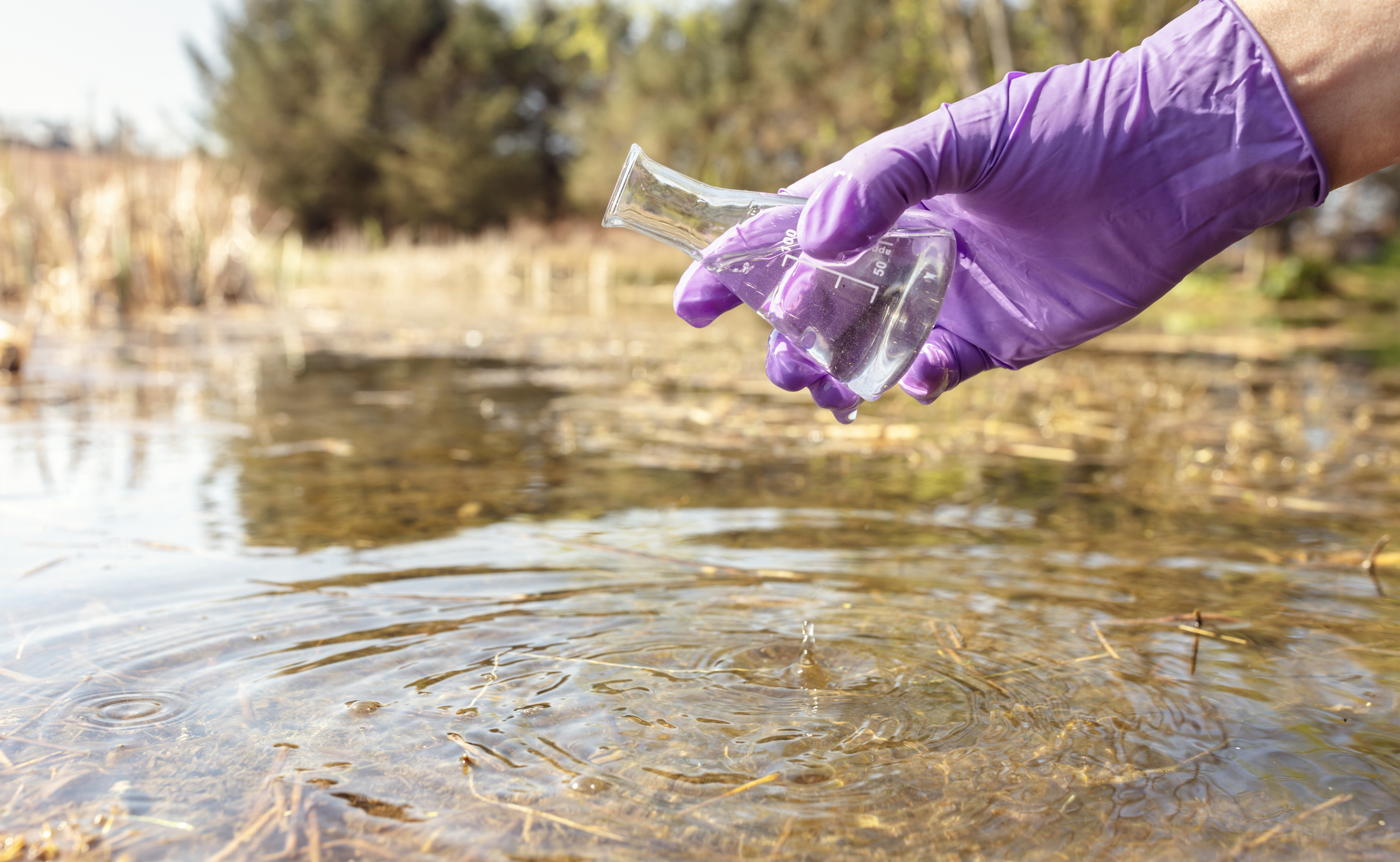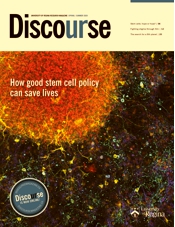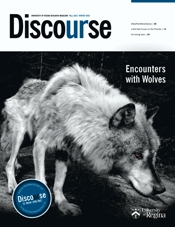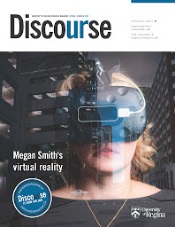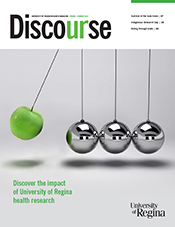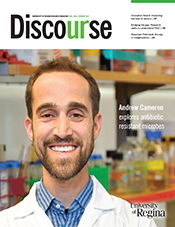Scotty, the Tyrannosaurus rex, at the Royal Saskatchewan Museum. (Photo courtesy of the Royal Saskatchewan Museum)
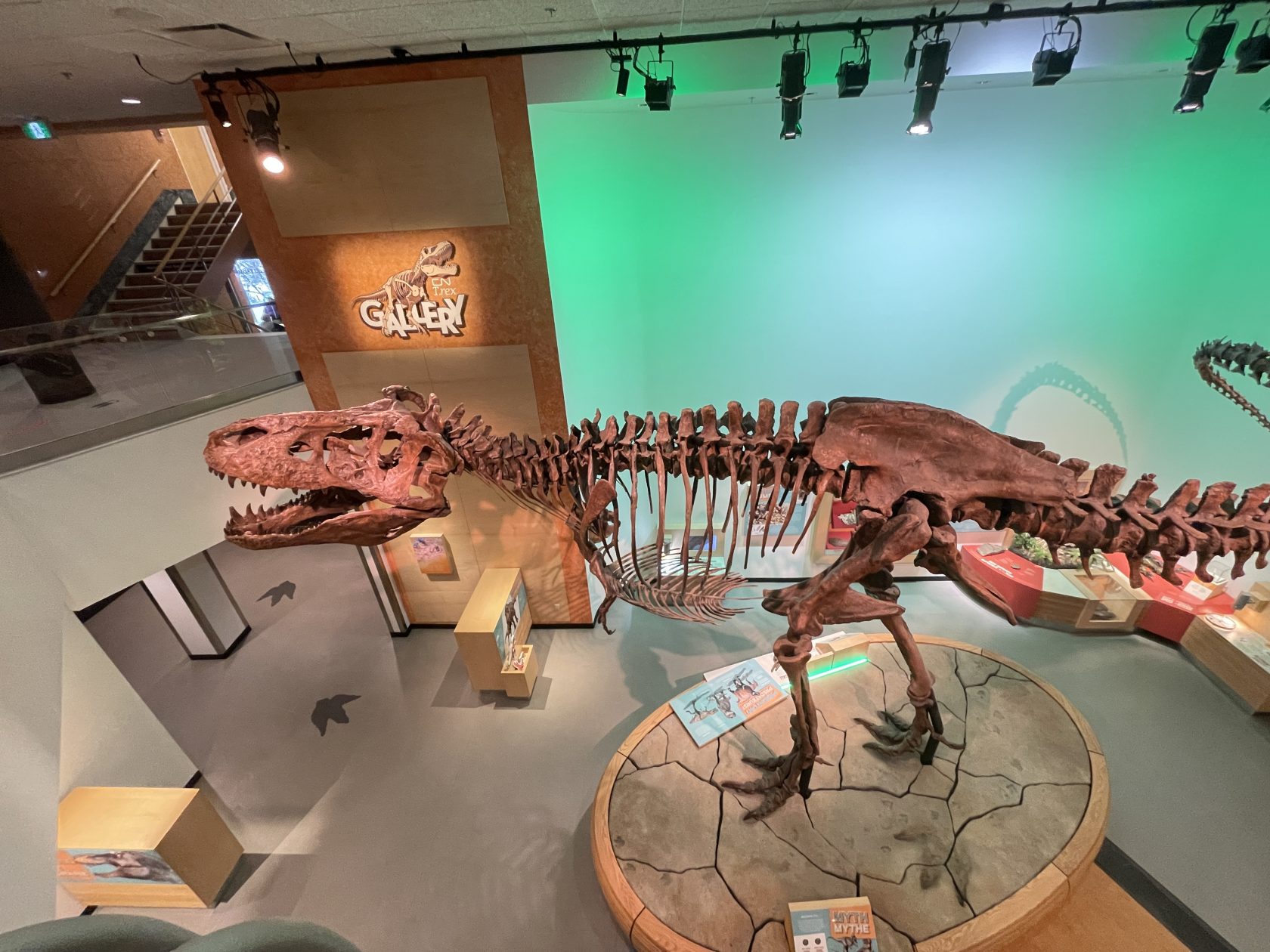
When Jerit Mitchell first spotted an odd structure inside a scan of Scotty, the Tyrannosaurus rex’s rib bone in 2018, he nearly dismissed it.
“I remember showing my supervisors, Dr. Barbi and Dr. McKellar, a strange structure inside a scan of the rib that I originally didn’t give much thought to. They were quick to point out that what I discovered could be preserved blood vessels, which has since led to a much more expansive research project,” says Mitchell.
Today, Mitchell is still exploring those early findings as part of his PhD research.
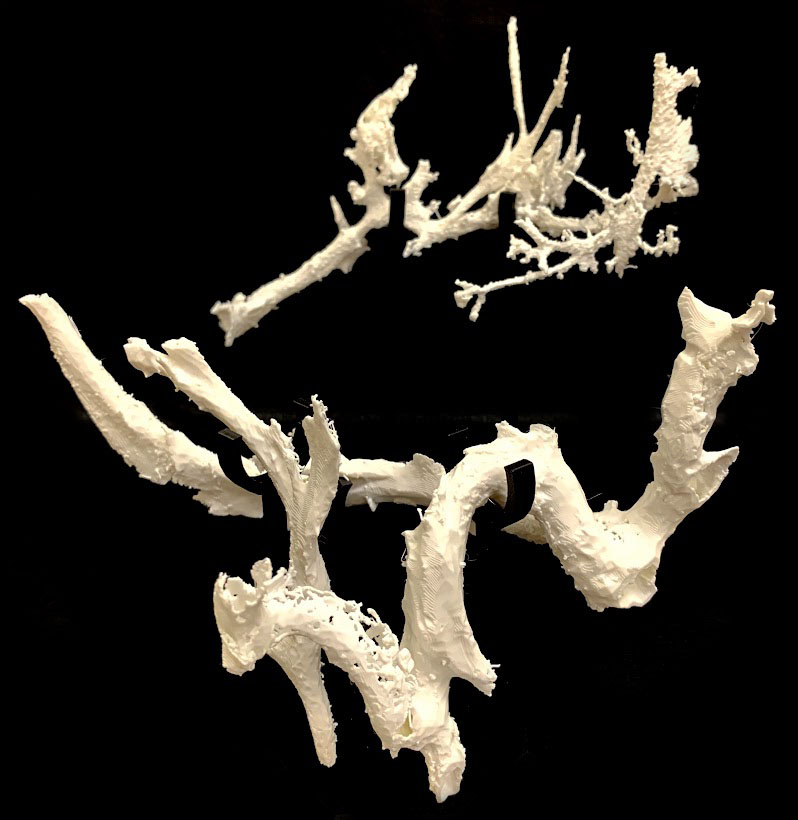
Now, that small moment of curiosity has led to a major discovery, preserved blood vessel structures inside one of the most famous dinosaur fossils ever found — Scotty, the T. rex unearthed in Saskatchewan’s Frenchman River Valley in the 1990s.
The research, recently published in Scientific Reports, sheds light on Scotty’s life and injuries, how dinosaurs may have healed themselves, and how scientists today can better search for rare soft tissue preservation in fossils.
Dino-mite science in Saskatchewan
The work combines cutting-edge technology with some very old bones.
The powerful synchrotron X-rays produced by the CLS at the University of Saskatchewan enabled the researchers to create a detailed 3D model of both the T. rex bone and the soft tissue structures that reside inside without damaging the 66-million-year-old fossil. Then, using chemical analysis, the researchers determined what elements and molecules make up the vessel structures, allowing them to hypothesize how the structures were preserved over millions of years.
The X-rays of Scotty’s rib revealed a healed fracture, likely the result of a violent encounter with another dinosaur. This discovery could provide important, evolutionary information to researchers, such as the healing potential of a T. rex.
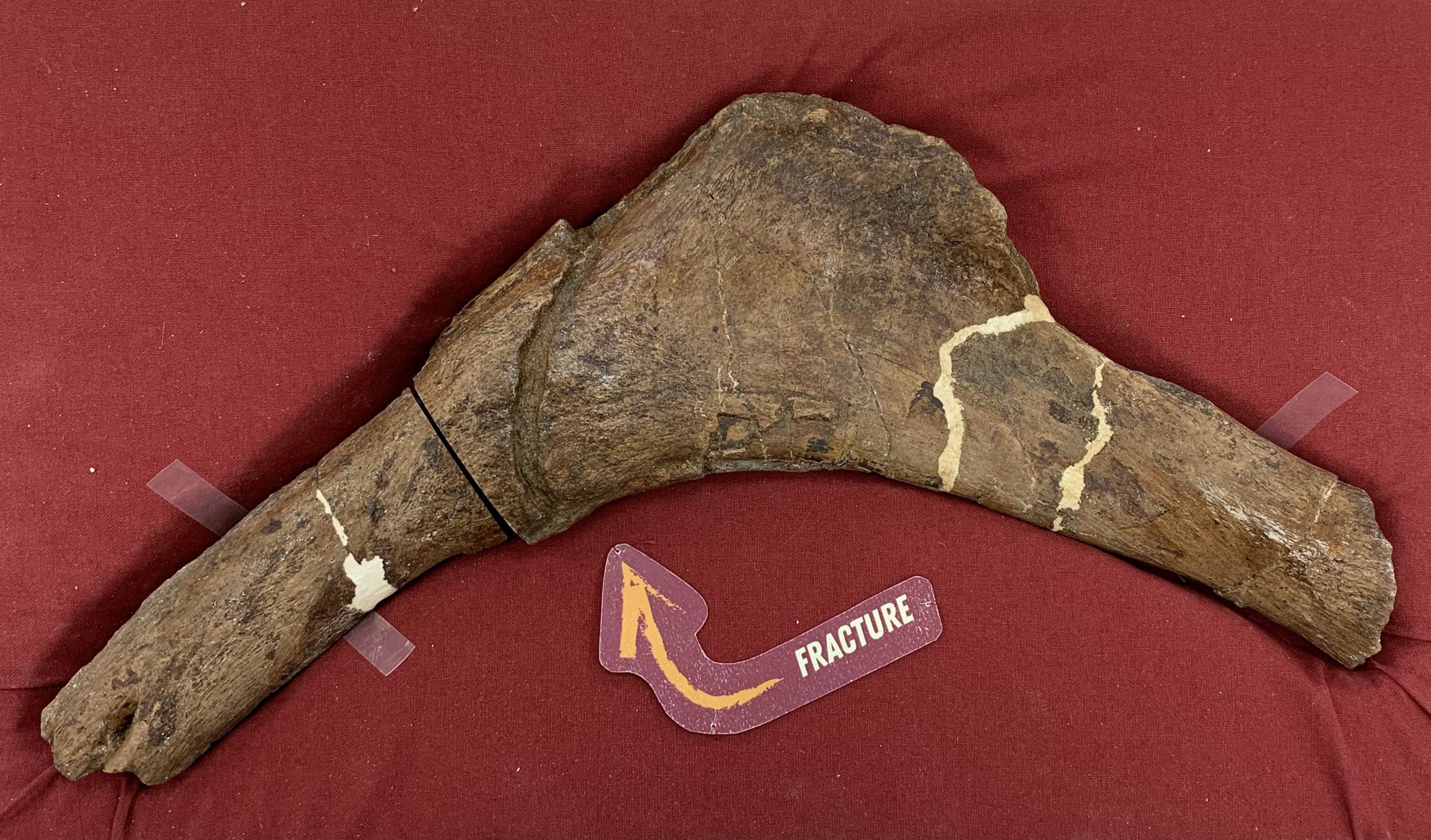
“Preserved blood vessel structures, like we have found in Scotty’s rib bone, appear linked to areas where the bone was healing. This is because during the healing process those areas had increased blood flow to them,” says Barbi. “This work also provides a new way to compare how injuries healed in extinct animals, like dinosaurs, with living species, such as birds and reptiles, which helps us better understand the biology of the past, and also how life on Earth has evolved over millions of years.”
A Saskatchewan collaboration with global impact
The project brought together expertise from multiple disciplines and institutions, including the University of Regina’s departments of physics, biology, and earth sciences, the Royal Saskatchewan Museum (RSM), and the Canadian Light Source.
"It was a real treat to be able to contribute to this research," says Mohsen Shakouri, a staff scientist at the CLS. "We are pleased that our ultrabright synchrotron light helped the team gain new insights into the physiology of everyone’s favorite T. rex.”
Dr. Ryan McKellar, curator of palaeontology at the RSM and adjunct professor at the U of R, says fossils like Scotty aren’t just museum exhibits.
“Part of our role at the Royal Saskatchewan Museum is to ensure these specimens remain available for research, so it’s exciting to see new technology and collaborations between the RSM, the University of Regina, and the Canadian Light Source revealing discoveries, while keeping the fossils intact for future generations,” says McKellar.

For Mitchell, who first became involved with the project as an undergraduate student in 2019, it has been an unforgettable experience—one that shows how a simple question and a sharp eye can open the door to scientific breakthroughs.
Want to dig deeper?
Read the full study in Scientific Reports.

